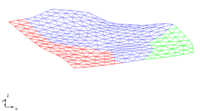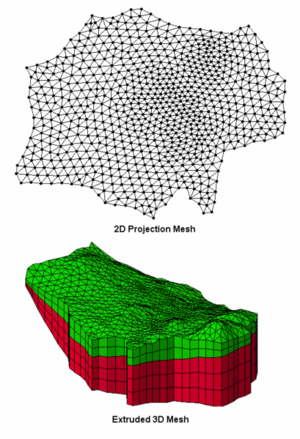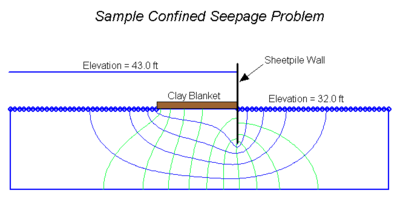GMS:2D Mesh Module: Difference between revisions
From XMS Wiki
Jump to navigationJump to search
No edit summary |
|||
| Line 16: | Line 16: | ||
* Eight-node "serendipity" quadrilateral | * Eight-node "serendipity" quadrilateral | ||
* Nine-node "Lagrangian" quadrilateral | * Nine-node "Lagrangian" quadrilateral | ||
{{Navbox GMS}} | {{Navbox GMS}} | ||


